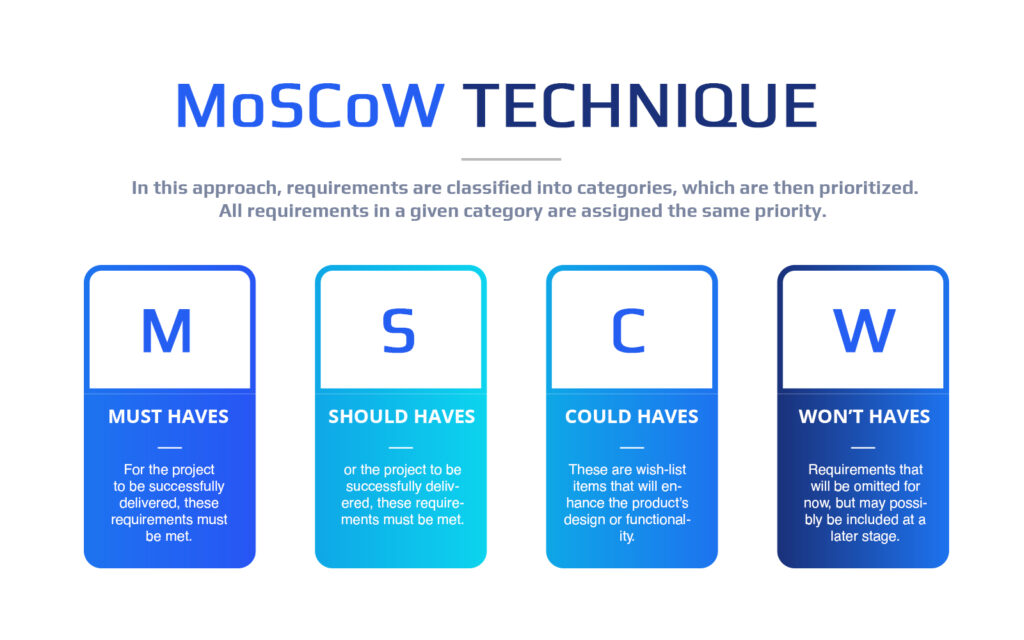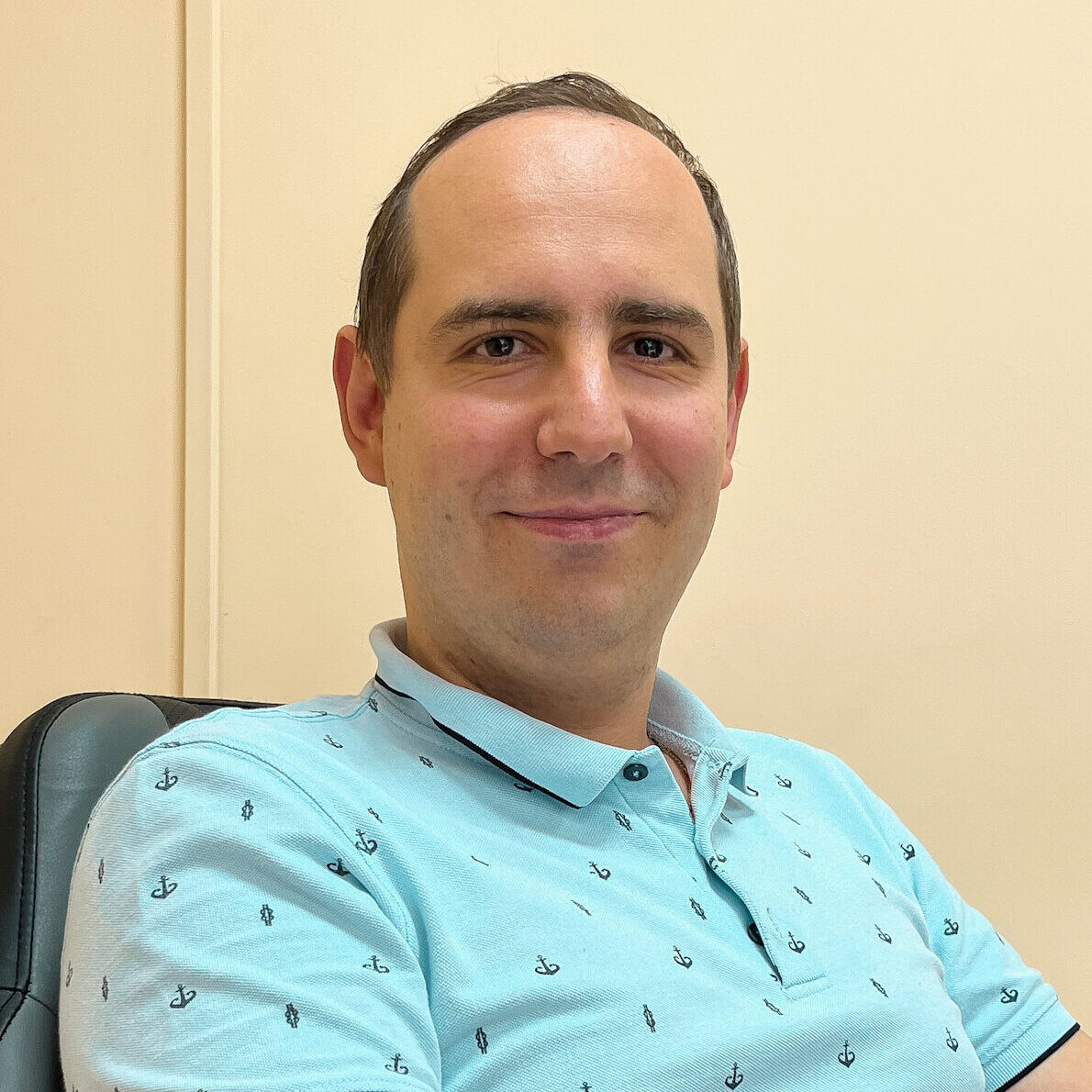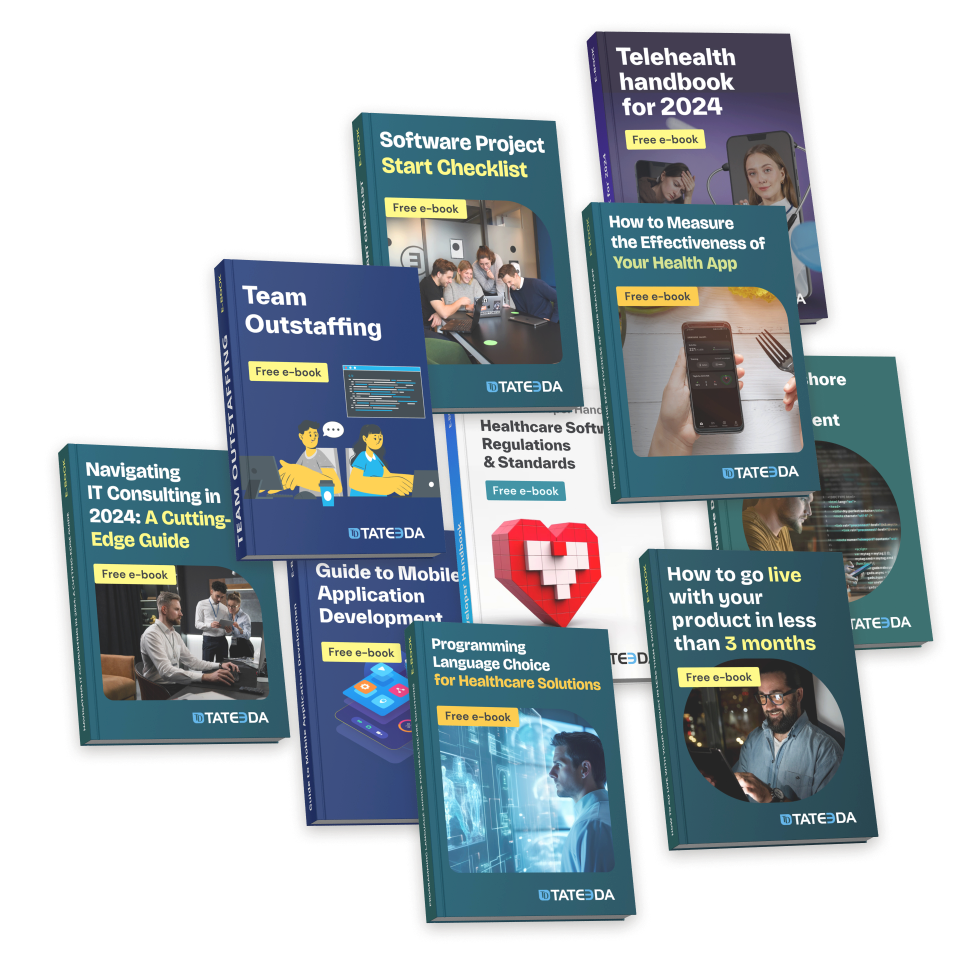10 Powerful Prioritization Techniques in Agile Software Development

Any custom software development project is a big undertaking, especially if the product is complex and multi-faceted. Throughout the development lifecycle, prioritizing tasks should be an ongoing process, to ensure a smooth workflow and prevent redundancies. Because custom software projects have a multitude of moving parts, it is easy to lose sight of the forest for the trees. Project requirements prioritization keeps your project moving forward toward your end goal, with minimal speed bumps and distractions along the way.
Table of Contents
The Product Prioritization Process
Project prioritization is a key facet of Agile product development, and knowing how to prioritize projects is one of the primary skills required of the project manager. It is up to the project manager to define high priority requirements for each iteration, with feedback from the customer and the development team.
The project backlog clearly lists tasks for the development team in order of priority, and the team references it by iteration as they progress through each sprint. The product backlog is a living document, with built-in flexibility to accommodate changes in product requirements, and to handle unexpected roadblocks or setbacks.
The backlog assigns greater detail to high priority items to be executed in the earliest upcoming iteration, while lower priority items are less clearly defined. As the development team moves on to the next sprint, new priorities are set, and greater detail provided.
Requirements prioritization improves the planning, budget control and scheduling of software engineering projects, to ensure stakeholder satisfaction with the end product.

The 10 Approaches for Prioritizing Requirements
When it comes to prioritization, there are numerous different techniques. The choice of technique depends on the particular project and its requirements, and on the preferences and experience of the project manager.
Requirements prioritization techniques can be categorized and subcategorized in the following ways:
#1. Nominal scale approach. In this approach, requirements are classified into categories, which are then prioritized. All requirements in a given category are assigned the same priority.
Subcategories of the nominal scale approach include:
# 1.1. Numerical assignment technique, where requirement categories are assigned a numerical value. For example, 1=Low priority or optional; 2=Moderate priority; 3=High priority/critical. All tasks within each category are given the same priority.
# 1.2. MoSCoW technique, where requirements are classified into one of four categories of priority:
- M=Must haves: For the project to be successfully delivered, these requirements must be met.
- S=Should haves: These are high-priority features that will benefit users, but are not critical to product delivery.
- C=Could haves: These are wish-list items that will enhance the product’s design or functionality.
- W=Won’t haves: Requirements that will be omitted for now, but may possibly be included at a later stage.
As with numerical assignment, all items assigned to each MoSCoW group are given the same priority.
Read Also: Pharmacy Management Software Development: Benefits, Features, Guidelines
#2. Ordinal scale approach. In the ordinal scale approach, all items are ranked by priority. Ordinal scale ranking includes the following techniques:
#3. Priority groups technique prioritizes requirements by high, medium and low, and then further sub-prioritizes the groups in each category by high, medium and low. The process is repeated recursively, until there is only one requirement in each subgroup. This approach is best suited for large projects with multiple requirements.
#4. Binary search tree technique assigns top priority to a single “parent” requirement, then assigns it two child requirements, each of which are in turn assigned two child requirements, and so on, until all requirements are mapped out, creating a pyramid of sorts.
#5. Bubble sort technique uses pairwise comparisons to prioritize project tasks. Bubble sort is effective for comparing time-intensiveness and subjective measures. It is a fairly simple method, most suitable for projects with a low number of requirements.

#6. Ratio scale approach. Prioritization by ratio scale generates ranked lists of requirements. Variations of this approach include:
#7. Analytic hierarchy process is a popular favorite for projects requiring complex decision-making. AHP is essentially a 3-step process:
- Attributes and alternatives are identified for each requirement.
- Users rate each pair of attributes by importance, comparing them on a scale of 1-9, with one being of equal importance, and 9 being an extreme difference in importance.
- User evaluations are converted to numerical values, and each element of the hierarchy is assigned a numerical priority.
#8. $100, aka cumulative voting technique. In this approach, stakeholders are given X number of units, for example, $100, and asked to distribute them among the various requirements according to their value, or priority. At the end, the distributed amounts are tallied, and requirements ranked accordingly.
#9. Minimal spanning tree technique. This approach is one of the fastest methods for prioritizing requirements, and is intended to eliminate redundancies by minimizing the number of pairwise comparisons. In this approach, pairs of requirements are compared using the AHP scale of 1-9. Due to its scalability, the minimal spanning tree approach is suitable for projects prioritizing a large number of requirements.
#10. Data mining and ML techniques. These prioritization approaches use data mining and machine learning techniques to prioritize requirements based on the client’s business goals, stakeholder concerns, and other interests such as security or performance requirements.
Requirements prioritization is fundamental to keeping your software development project on track and on time. Without it, you can expect delays, setbacks and costly errors that add up to an inferior product and a dissatisfied customer.

Agile Events for Superior Product Development
Agile Events, formerly known as Agile Ceremonies, encompass the series of steps taken during Agile project development sprints. In a nutshell, Agile Events are a coordinated approach to team interaction throughout a project’s development lifecycle. Without a coordinated methodology, project development could quickly degenerate to a chaotic maelstrom fueled by miscommunication, ambiguity, and frustration.
The Agile Events is founded on incremental iterative project development, where workflow and team collaboration evolve with arising requirements and solutions. The methodology encourages individual accountability, task organization, and teamwork. It enables a development team to orchestrate the many moving parts of a project’s development process, with the goal of delivering a high quality project in less time.

Scrum Methodology
Scrum is an Agile methodology that is used extensively for both simple and complex software development projects. Scrum’s fundamental practices, defined by Roles, Artifacts and Time Boxes, set it apart from other Agile methodologies.
Roles: Scrum roles clearly delineate the responsibilities assigned to individual team members.
- The ScrumMaster serves as a team leader. The SM’s job is to oversee the project’s development, making sure that everything runs smoothly. The SM supports the Development Team by trouble-shooting obstacles, organizing meetings and stepping in where needed.
- The Product Owner informs the Development Team of the product’s specific requirements and helps determine the order in which they are implemented. Keeping the Product Owner in the loop at every stage of development establishes trust and builds a strong business relationship.
- The Development Team is responsible for the nuts and bolts of product development and testing. A Scrum Team is made up of five to nine individuals who make organizational decisions to determine which tasks will be performed at what stage, and agree on which team member will be responsible for each task.
Artifacts: Scrum features three Artifacts: Product and Sprint Backlogs, and Product Increment. The Backlogs outline the tasks to be completed in a Sprint, and the Product Increment is the final outcome of a Sprint.
Time Boxes: Timeboxing is a time management approach that defines how much time should be spent on a specific task. The assigned time segment is called a Time Box.
By clearly defining the roles, work, and timeframes for each phase of a project, Scrum Agile Events proceed with minimal speed bumps and interpersonal friction. Scrum methodology adapts deftly to changes in project requirements, without slowing or impeding production.

Agile Sprints
A Sprint is a set timeframe determined by the ScrumMaster and defines the parameters for a specific increment of work. It determines when the work is to be completed and ready for review. A typical Sprint lasts 30 days, and all of a project’s Sprints adhere to a similar timeframe. The number of Sprint’s in a project’s development lifecycle depends on the nature and complexity of the individual project.
Scrum Agile Events
Open communication is the cornerstone of Agile methodologies, promoting team cohesion and facilitating collaboration. The Development Team holds regular meetings called Events, to discuss obstacles, review mistakes and find new ways to make project development run more smoothly. Each Scrum Sprint has five major Events:
- Sprint Planning: This Event marks the beginning of a Sprint and determines which tasks will be undertaken during the Sprint. In the Sprint Planning Event, attainable goals are set by the Product Owner and the Development Team. The PO spells out the criteria that need to be met during the Sprint. However, the Development Team can challenge those criteria if the defined work cannot realistically be completed in the given timeframe.
- Daily Scrum: The Daily Scrum is a brief team meeting lasting 15 minutes or less. It serves to evaluate progress and outline activities for the following 24 hours.
- Sprint Review: A Sprint Review takes place on Sprint’s final day. During the review, the Development Team showcases the Sprint’s completed work increment to stakeholders, who could be managers, customers or any other individuals with a stake in the project. In addition to highlighting the Sprint’s completed features, the Sprint Review invites constructive feedback that can be used to guide future Sprints.
- Sprint Retrospective: The Retrospective is a final Sprint meeting with the Development Team, the Product Owner and the ScrumMaster. It examines the Sprint in hindsight, to look for ways the process can be improved in future Sprints.
- The Sprint: A Sprint is an event in its own right, encompassing all the work and Events that occur during its specified Time Box.
By dividing the project development process into Sprints, and Sprints into Events, Scrum methodology keeps a finger on the pulse of the project’s progress, ensuring that deadlines are met and quality standards upheld at every stage of a project’s lifecycle.
Advantages of Agile Software Development
Agile methodology saves time and resources for both the software developer and the client. It minimizes risks and errors and optimizes productivity.
Advantages of Agile Software Development Include:
- Adaptability to evolving business requirements and goals
- Superior product quality
- More accurate estimates of time and expenses
- Better control over the state and progress of a project
- Reduced incidence of failure and defects
- Accelerated project completion
Software projects developed using a traditional “waterfall” approach have significantly lower success rates, higher failure rates and take longer to complete. Agile products have 93% fewer defects than waterfall projects.
Agile Software Development by Tateeda
If you want customized software that meets your business needs today with the ability to adapt as you grow, Tateeda’s team of experienced professionals is equipped to meet and exceed your expectations. As a custom software development company in San Diego, we believe in open discourse, transparent business practices, and customer satisfaction. Contact us today, and take the first steps toward streamlining your business operations with flawlessly performing software by Tateeda.
Make Your Project a Priority with Tateeda
Software development is a creative process that requires both hard and soft skills. The software development team at Tateeda has the skills and experience necessary to bring your software project to life, exactly as you imagined it. During the Agile development process, we keep you in the loop at every stage, answering your questions and inviting your feedback. At Tateeda, your software development project is always our priority.
Resource
Wright, Gerald P. Success rates by software development methodology in information technology project management: A quantitative analysis. Diss. Capella University, 2013.







